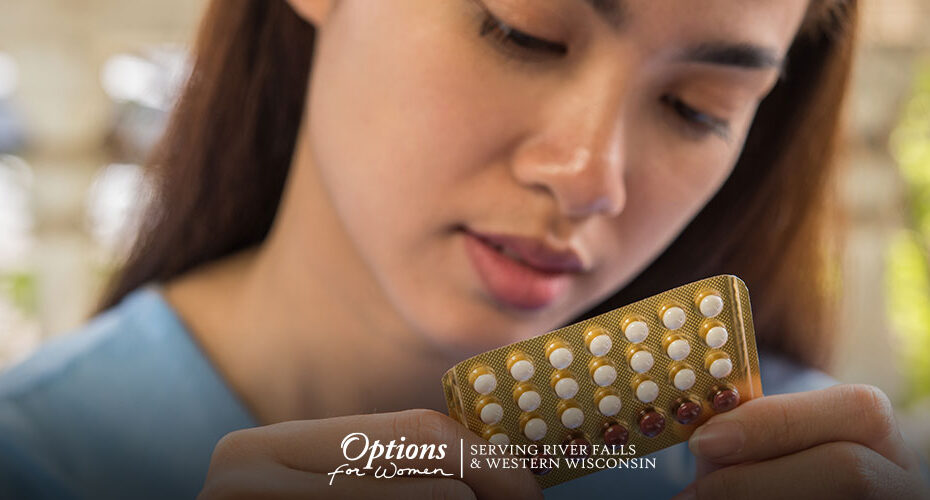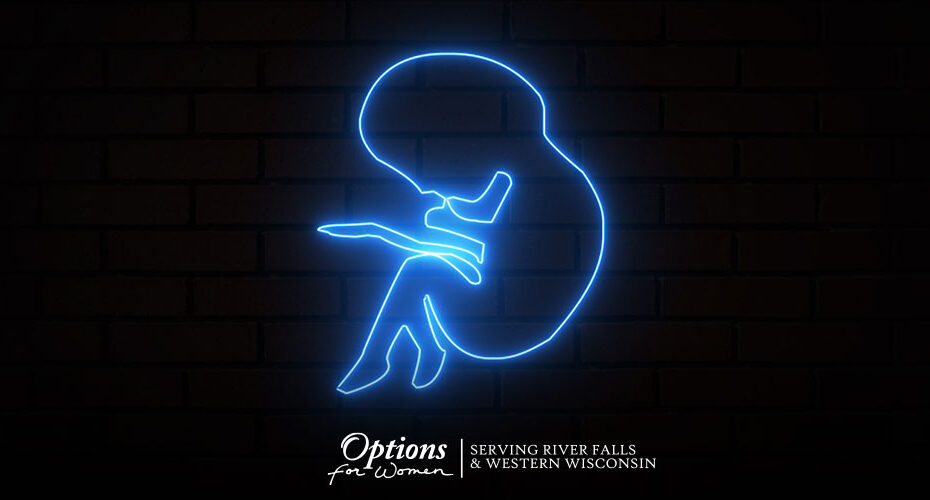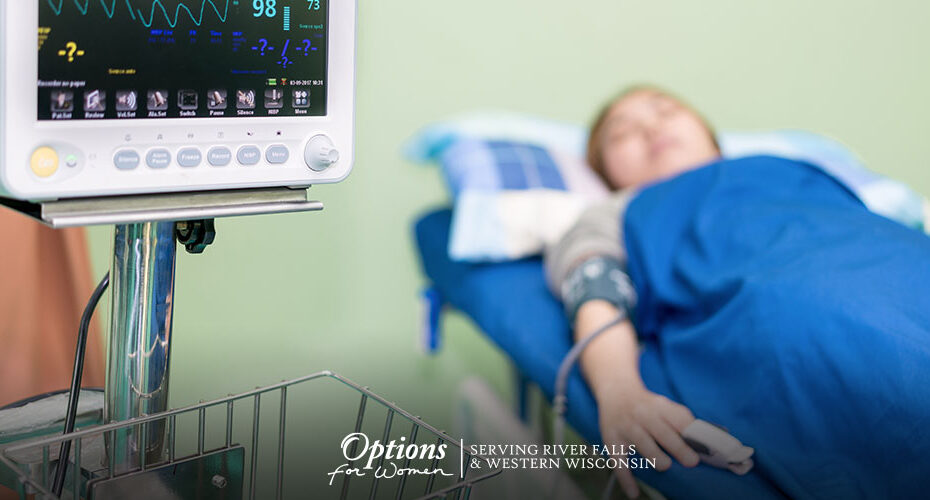Women unprepared for abortion pill pain
The abortion pill is often described as a “safe and effective way to end an early pregnancy,” at least according to Planned Parenthood. But is it? Recently, the Ethics and Public Policy Center released a study that analyzed insurance data codes for over 865,000 cases in which women took mifepristone (the abortion pill) and found that “serious adverse events” for the drug occurred at a rate approximately 22 times higher than the rate reported on the Food and Drug Administration’s (FDA) label for the drug.









